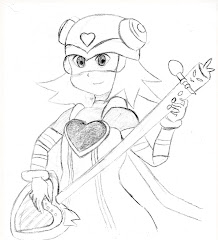George Melies experimented with double exposure, this was early
editing that allowed him to hide parts and make them appear in other places by
going back over it again later to get things that were not on the first
exposure, for example he could create two of him on the same slide.
Wednesday 27 February 2013
8) Hand cranked movie cameras
These
hand cranked movie cameras were helpful as they could be used as both a camera
and a projector. When the film used to capture the images was finished then the
film could be developed into something that could be used for the projector.
These projectors no longer needed slides but used film running behind the lens
and in front of the light.
6) Photography 1840
The exposure time for photographs in the 1840’s was a long time, so
people had to sit (or stand) still for ages in most cases a head brace was
required to keep the person’s head still while the camera was exposing the
image.
7) Muybridge
In
1875 Muybridge created, what would later be cinema, by taking a series of shots
in a sequence of a moving figure. This made the figure look like it was moving
when put in a strip and rolled through in front of a projector. Most of the
movement photographed by Muybridge was of animals.
5) Phenakistoscope
The phenakistoscope was a disk that had images around the outside
equally spaced from one another, with slits between the images. The person
using the phenakistoscope would look into a mirror and see the animation.
4) Zoetrope
The zoetrope was shaped like a drum that you looked into from the
side, a sequence of images that would appear to be moving when the drum spun
around.
Subscribe to:
Posts (Atom)
